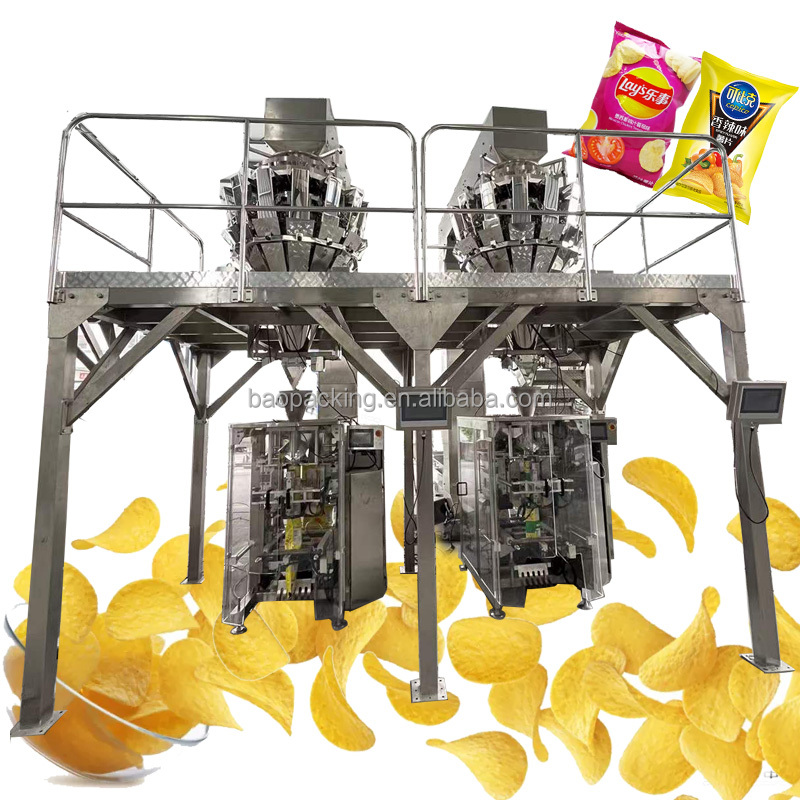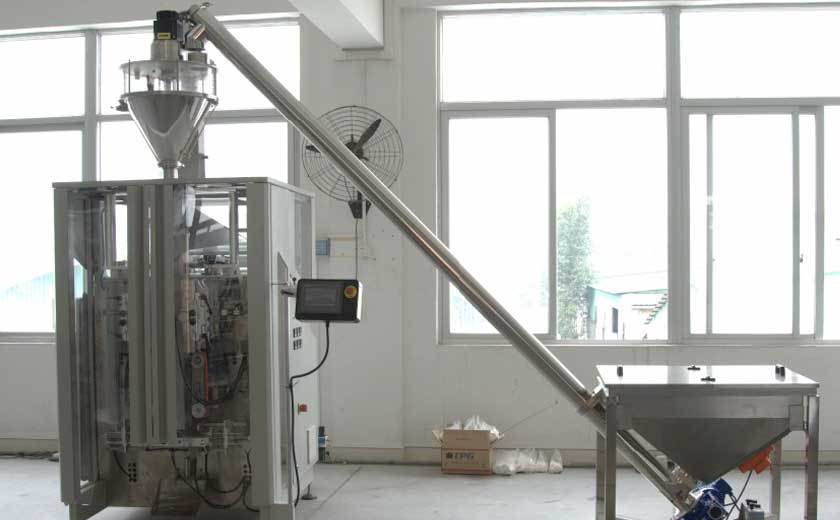The Environmental Impact of Liquid Sachet Packing Machines
Liquid sachet packing machines are widely used in various industries for packaging liquid products such as beverages, pharmaceuticals, and personal care items. While these machines offer convenience and efficiency, their environmental impact cannot be overlooked. Here’s an in-depth analysis of the environmental impact of liquid sachet packing machines:
Raw Material Consumption
Liquid sachet packing machines consume significant amounts of raw materials, primarily plastic and aluminum. Plastic sachets are typically made from polyethylene or polypropylene, which are non-biodegradable and can accumulate in landfills and oceans. Aluminum sachets, though recyclable, also contribute to environmental degradation during the mining and production processes.
Waste Generation
The packaging process generates a large quantity of waste, including empty sachets and scrapped materials. These waste materials often end up in landfills or as litter, contributing to environmental pollution. Improper disposal can harm wildlife and disrupt ecosystems.
Energy Consumption
Liquid sachet packing machines require substantial energy for operation and maintenance. They consume electricity for motors, heating elements, and cooling systems. The energy used in manufacturing and disposing of the machines also adds to their environmental footprint.
Chemical Emissions
During the production and operation of liquid sachet packing machines, various chemicals are used, including solvents, lubricants, and cleaning agents. These chemicals can release volatile organic compounds (VOCs) into the atmosphere, contributing to air pollution and potentially harming human health.
Water Usage
Liquid sachet packing machines require water for cooling and cleaning processes. The water used can contain contaminants from the packaging materials and may contribute to water pollution if not properly treated and disposed of.
Environmental Regulations
Governments worldwide are implementing regulations to reduce the environmental impact of packaging. These regulations often impose restrictions on the use of certain materials, limit waste generation, and promote recycling and sustainable packaging practices. Failure to comply with these regulations can lead to fines and other penalties.
Liquid sachet packing machines have a significant environmental impact due to their consumption of raw materials, generation of waste, energy usage, chemical emissions, water usage, and their potential contribution to environmental pollution. Responsible use, proper disposal, and adoption of sustainable packaging practices are crucial to mitigate these impacts. Governments, manufacturers, and consumers alike must work together to minimize the environmental footprint of liquid sachet packing machines and promote a more sustainable future.
-

Overview of Packaging Machine Buying Guides
08-01-2024 -

How Does a Vertical Form Fill Seal Machine Work?
30-10-2023 -

Advancements in Auger Powder Filling Technology
27-10-2023 -

A Deep Dive into Automatic Packaging Machines
26-10-2023 -

The Revolutionary Fully Automatic Potato Chips Packaging Machine
20-09-2023 -

How to choose the right packaging machine?
23-08-2023 -

Reducing Waste And Maximizing Yield With Multihead Weigher Machines
15-03-2023 -

Nuts Packaging Machine for Dry Products Perservation
26-11-2022 -

Is Automated Biscuit Packaging Machine Better Than Manual Opeartion?
25-11-2022





